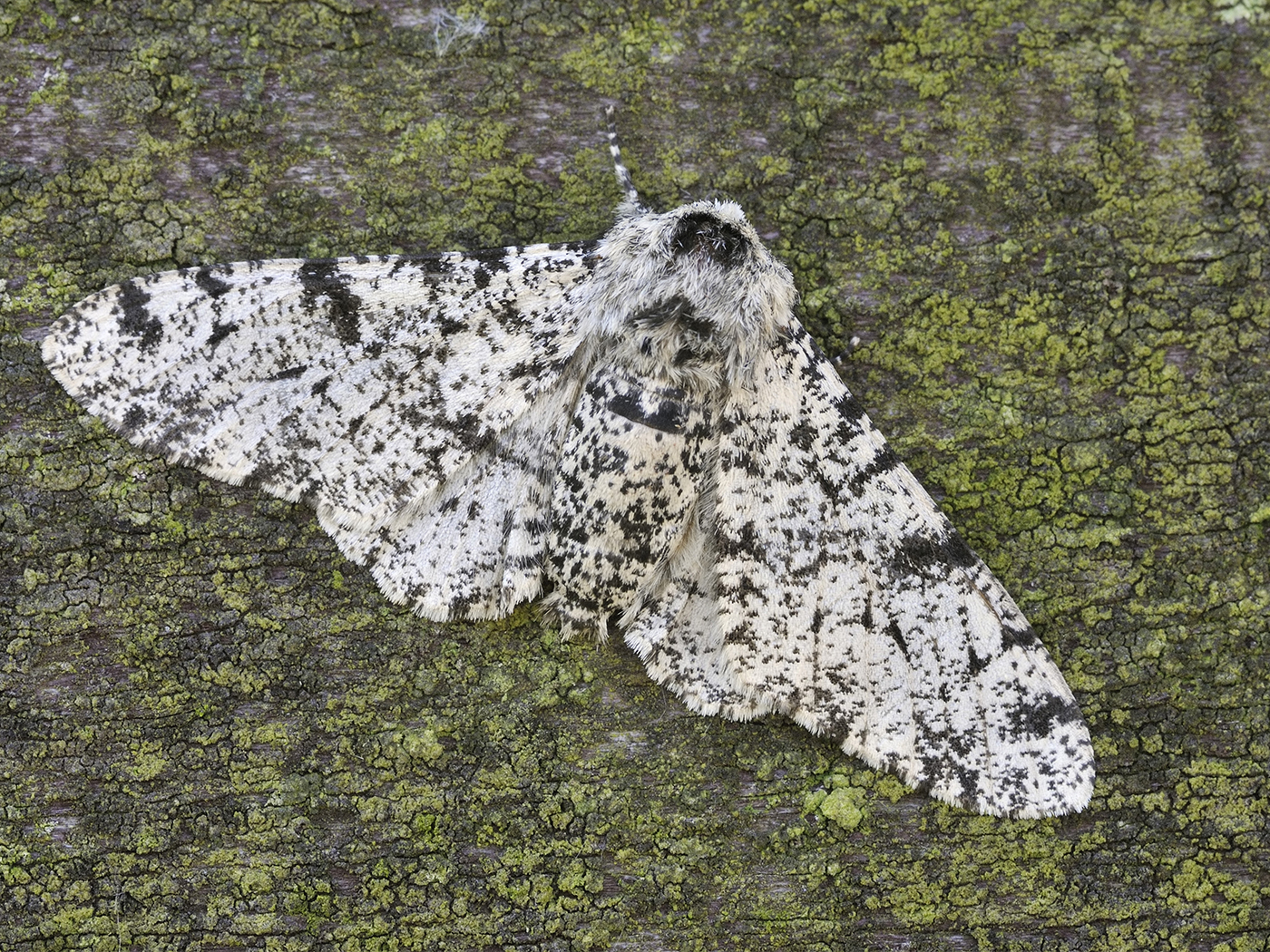The origin of snake venom has long been a mystery to both creationists and evolutionists. However, by stepping outside the standard research paradigm, scientists recently showed that snake venom proteins may have arisen from existing salivary proteins.1
The Bible indicates that at the beginning of creation, God's handiwork was not fraught with death, disease, and violence. Because of Adam and Eve's rebellion, creation became subject to all of these negative factors, including snakes with toxic venom. The question then arises of how the curse on creation brought about these deadly changes. Were new genes of malicious intent added by the Creator, or was pre-existing genetic information corrupted or altered in some way? According to what we know about genomic decay and the character of God as revealed in the Bible, it is more likely that genomic modification, possibly associated with degradation (genetic entropy), was the cause.2,3
On the other side of the scientific paradigm lies the evolutionary mindset which has traditionally believed that snake-venom proteins arose through the duplication of non-venomous genes that were then somehow reworked through random mutational processes to provide new functions combined with the expression of the new gene in just the right tissue. However, an enterprising group of secular scientists have acknowledged that gene duplication is itself an extremely rare event and that the mutational repurposing of a duplicated gene is even rarer. Thus, they began looking for other explanations for snake venom origins by carrying out a comparison of gene expression in venom glands and other body tissues for a wide variety of snakes (both venomous and non-venomous snakes, as well as a gecko).
The researchers started the discussion of their results by saying, "We find the hypothesis that snake venom evolves through the duplication of physiological or body genes and subsequent recruitment into the venom gland to be unsupported by the available data," and, "Indeed for a large number of the gene families claimed to have undergone recruitment we find evidence of a diverse tissue expression pattern, including the salivary gland of nonvenomous reptiles." In other words, venom genes are expressed in many other bodily tissues within both venomous and non-venomous snakes.
These results demonstrate that venom genes are serving other non-venomous purposes in reptile tissues, including a function in the salivary glands of both non venomous and venomous snakes. Interestingly, the authors state, "Our analysis in fact shows that the majority of snake venom toxins are likely derived from pre-existing salivary proteins," and they admit that "snake venom should instead be considered to be simply a modified form of saliva."
So, if these venom proteins are found in many different types of bodily tissues in both venomous and non-venomous snakes, then why the toxicity? The researchers state that their data "suggest that a possible route for pre-existing salivary proteins to become venom toxins may simply be an elevated expression level, where initial toxicity is dosage-dependent." Therefore, more highly expressed venom genes would have been caused by possible alterations in their controlling regions. The authors state that this could occur by "the loss of transcription factor binding sites [gene control switches], which may occur by random mutation of single base pairs or larger insertions or deletions (indels) that may delete or disrupt the existing transcriptional regulatory sequences."
Thus, the toxic levels of venom found in modern venomous snakes could be due to an alteration of genetic information that causes them to be over-expressed in venom glands. This type of genetic model is actually predicted by creationists who understand the concept that genomes are undergoing a process of information alteration largely associated with corruption, not upward evolutionary improvement—a process that was apparently kicked into high gear when the creation became cursed.
Perhaps the most amazing statement made by the authors of this secular research paper was a sound rebuke of the standard evolutionary reasoning. They state, "Our findings highlight the problem of 'just-so stories' in evolutionary biology, especially when they reach the point of being considered established fact." It appears that some scientists are beginning to understand that the neo-Darwinian model actually limits the progress of research instead of advancing it. It also appears some secular scientists are brave enough to now seriously question long entrenched evolutionary explanations.
References
- Hargreaves, A. D. et al. 2014. Restriction and Recruitment—Gene Duplication and the Origin and Evolution of Snake Venom Toxins. Genome Biology and Evolution. 6 (8): 2088–2095.
- Sanford, J. C. 2008. Genetic Entropy and the Mystery of the Genome, 3rd ed. Waterloo, NY: FMS Publications.
- Sanford, J., J. Pamplin, and C. Rupe. 2014. Genetic Entropy Recorded in the Bible? FMS Foundation. PDF posted on kolbecenter.org July 2014, accessed July 25, 2014.
*Dr. Tomkins is Research Associate at the Institute for Creation Research and received his Ph.D. in genetics from Clemson University.
Article posted on September 3, 2014.























